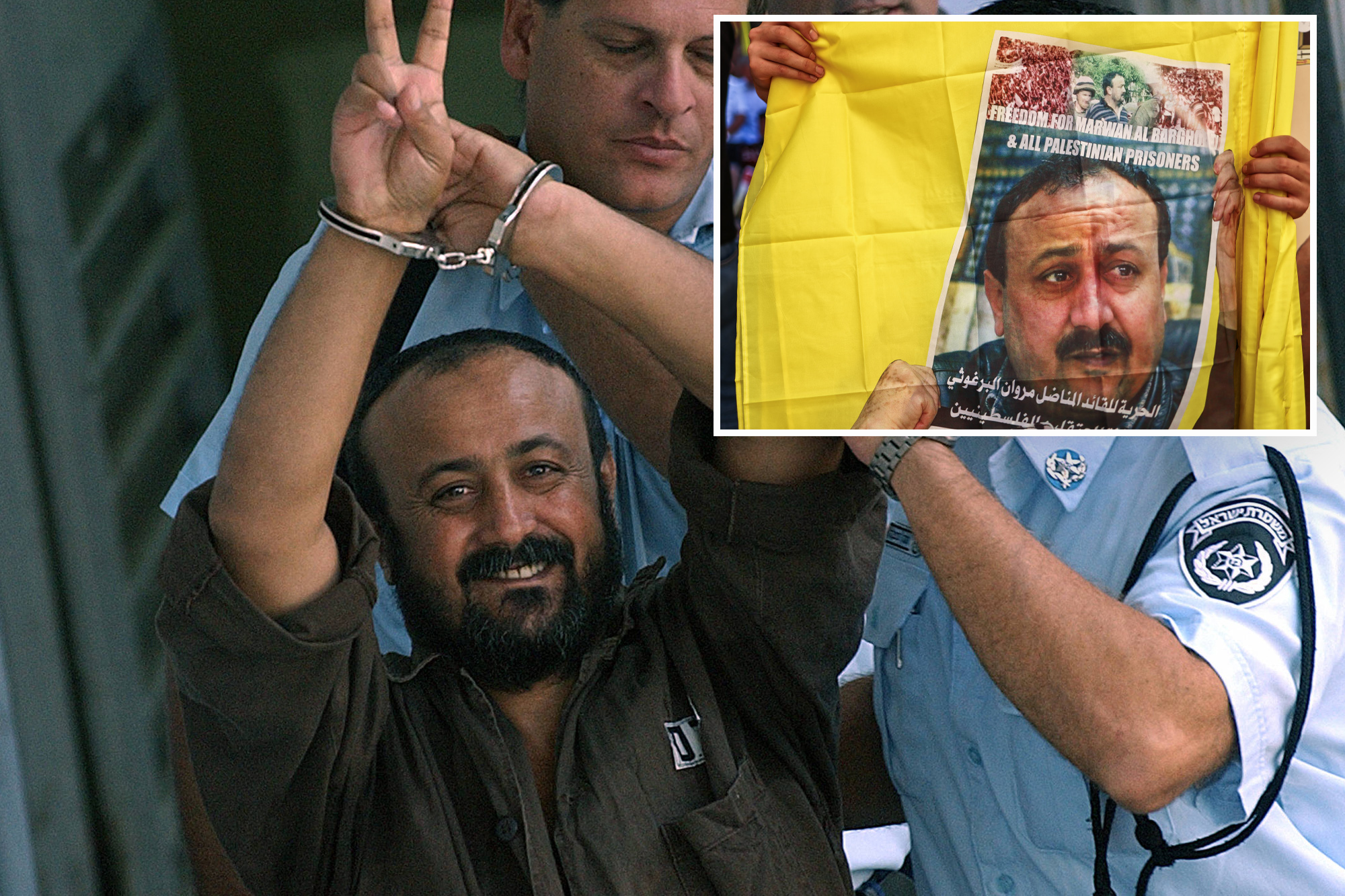Israel has decided not to include Marwan Barghouti, a prominent Palestinian leader, in its list of prisoners to be released in exchange for hostages held by Hamas as part of a new ceasefire agreement. The Israeli government has also rejected the release of other high-profile prisoners whose freedom Hamas has long sought, though the finality of a list of around 250 prisoners published on the Israeli government’s official website remains uncertain.
According to senior Hamas official Mousa Abu Marzouk, the group insists on the release of Barghouti and is engaged in discussions with mediators. Israel considers Barghouti a terrorist leader, serving multiple life sentences after being convicted in 2004 for his involvement in attacks that resulted in five deaths. Yet, some analysts suggest that Israel’s refusal to release him stems from his potential as a unifying figure among Palestinians. Barghouti is seen by many as an advocate for a two-state solution and could mobilize support among Palestinians, similar to how Nelson Mandela united South Africa.
Ceasefire Agreement Details
The ceasefire, which took effect on Friday, includes provisions for Hamas to release approximately 20 Israeli hostages by Monday. In return, Israel will release around 250 Palestinians currently imprisoned, along with about 1,700 individuals who were detained from Gaza over the past two years without charges. The implications of these releases resonate deeply within both communities, as Israelis often label the prisoners as terrorists, whereas many Palestinians see them as political prisoners or freedom fighters resisting prolonged military occupation.
Among those set to be released is Iyad Abu al-Rub, an Islamic Jihad commander convicted of orchestrating suicide bombings that killed 13 people between 2003 and 2005. Another notable release is Samir Abu Naama, a 64-year-old Fatah member who has spent decades in prison since being arrested in 1986. The youngest prisoner to be released is Mohammed Abu Qatish, who was just 16 years old at the time of his arrest in 2022 for an attempted stabbing.
Barghouti’s Political Significance
Hamas has persistently demanded Barghouti’s release as a condition for any ceasefire agreement. Israel’s reluctance may also be rooted in lessons learned from previous exchanges, particularly the release of senior Hamas leader Yahya Sinwar in 2011. Sinwar later played a crucial role in the events leading up to the current conflict. Barghouti, 66, is viewed as a potential successor to Palestinian Authority President Mahmoud Abbas, who is often criticized for his leadership.
Born in the West Bank village of Kobar in 1959, Barghouti emerged as a leader during the first Palestinian uprising and was later accused of leading the Al-Aqsa Martyrs Brigades during the Second Intifada. Although he has advocated for a peaceful resolution to the Israeli-Palestinian conflict, he has also justified armed resistance against occupation. “I am not a terrorist, but neither am I a pacifist,” he stated in a 2002 editorial for The Washington Post.
Throughout his imprisonment, Barghouti has remained a unifying figure among Palestinians. In 2021, he attempted to register a list for parliamentary elections that were ultimately canceled. His leadership was evident when he spearheaded a hunger strike involving over 1,500 prisoners to demand better treatment within the Israeli prison system. Experts suggest that Barghouti’s potential release is seen as a threat to Israel’s long-standing strategy of maintaining divisions among Palestinians and undermining Abbas’ administration.
As the situation continues to evolve, Barghouti’s status remains a focal point of both political contention and public sentiment within Palestinian society. Israel’s refusal to negotiate his release highlights the complexities inherent in the Israeli-Palestinian conflict and the challenges that lie ahead in achieving a lasting peace.
